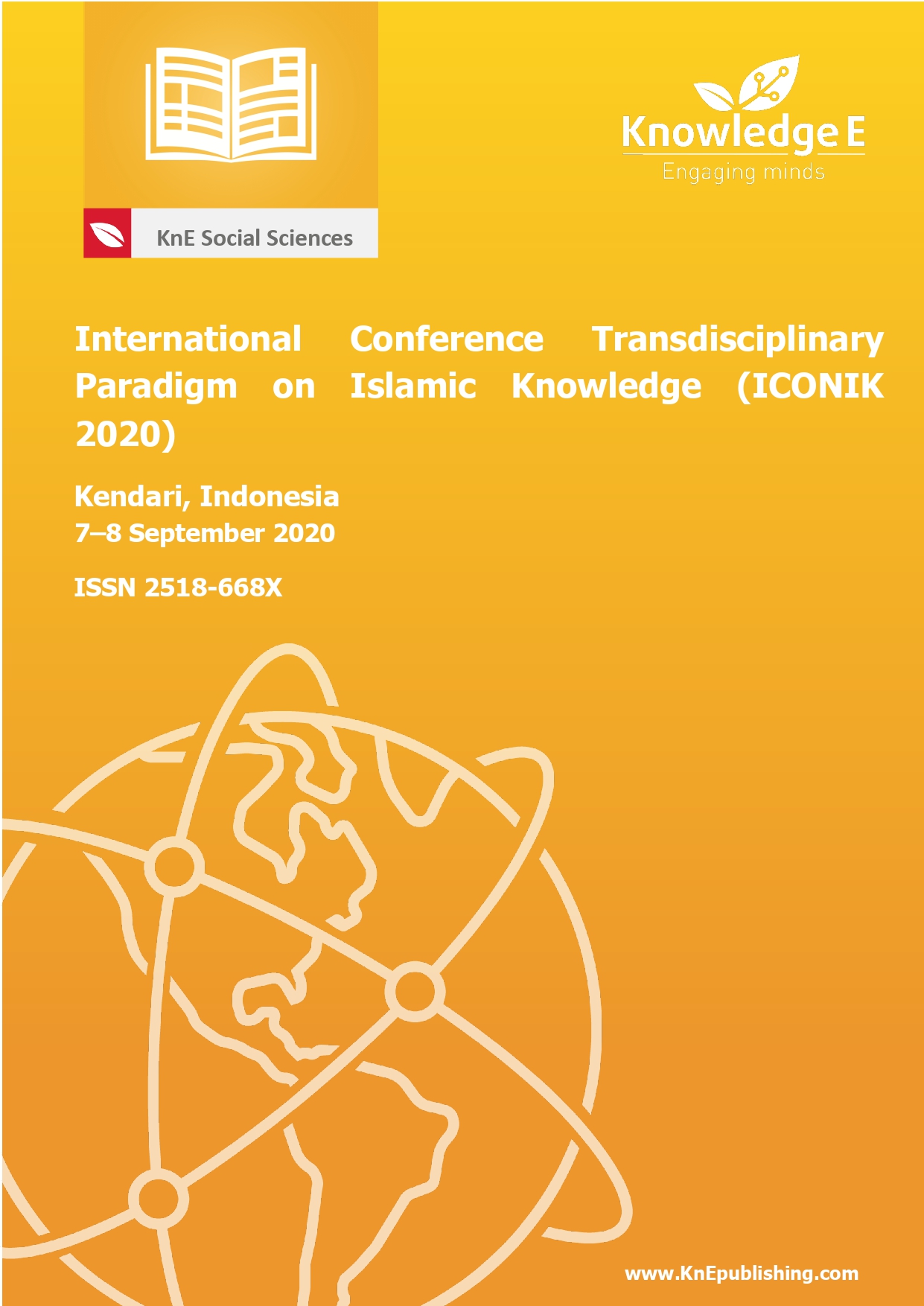Use of Plants in the Religious Traditions of the Wangi-Wangi Community
DOI:
https://doi.org/10.18502/kss.v7i8.10762Abstract
This research aimed to examine the types and sustainable use of plants in religious traditions in Wangi-Wangi District, Wakatobi Regency, and to determine the feasibility of using related learning media for biology class X at Madrasah Aliyah 1 Wakatobi. Qualitative descriptive methods were used and data were collected through interviews and observations. The results found that there are 13 plant families of 14 species that are most widely used in these religious traditions. The most widely used plants are two species in the Graminaceae family, while one species from the following families are also used: Arecaceae, Palmae, Musaceae, Crassulaceae, Poaceae, Zingiberaceae, Lytheraceae, Euphorbiaceae, Rubiaceae, Solonaceae, Piperaceae and Malvaceae. The habitat of the area consists of trees, shrubs and herbs. Of the plants that are most widely used in religious traditions, 43% are trees, 36% are herbaceous, and only 21% are shrubs. The parts of plants that are used include flowers, leaves, stems and tubers. 29% of use is of the fruit, 29% is of the leaf and 14% is of the tuber. Only 7% of use is of the stems. Of the sustainable plants, 11 species are cultivated plants (85%) and three species are non-cultivated plants (15%).
Keywords: religious traditions, habitus, plants
References
[2] Ferdianand, Practically studying Biology 1. Jakarta: Department of Bookkeeping Center National, 2009.
[3] W. Enik, “Ethnobotany of medicinal plants by district communities Gerolgak Buleleng Regency, Bali Province,” Fac. Sci. Technol., vol. 1, no. 2, 2015.
[4] R. D. S. Putrantaji and F. Oktafani, “Pengaruh Kualitas Pelayanan Terhadap Kepuasan Pelanggan Pengguna Jasa Lapangan Futsal (Study Kasus Pada Ifi Futsal Bandung),” EProceedings Manag., vol. 1, no. 3, Art. no. 3, Dec. 2014, Accessed: Jan. 23, 2021. [Online]. Available: https://openlibrarypublications.telkomuniversity.ac.id/index.php/ management/article/view/3161.
[5] K. Rajab, “Methodology of Islamic psychotherapy in Islamic boarding school Suryalaya Tasik Malaya,” Indones J Islam Muslim Soc, vol. 4, no. 2, pp. 257–289, 2014, doi: 10.18326/ijims.v4i2.257-289.
[6] A. Husna, “Meaning of religion as tradition in philosophical frame perennial,” J. Philos., vol. 2, no. 2, 2012.
[7] Ismanto, “Inventory of potential ferns in Mamuju Regency, Sulawesi Province West,” Nat. Conserv. Bull., 2007.
[8] Elis, “Dicotyledoneae plant types potential for medicine utilized by the community of Karaenta Bantimurung Nature Reserve Bulusaraung, Maros Regency,” 2016.
[9] Ramlah, Identify types of plants that produce natural dyes Lea-Lea District. Bau-Bau City [Thesis]. University of Haluoleo, 2016.
[10] Ibrahim, Qualitative research methodology. Bandung: Alfabeta, 2015.

